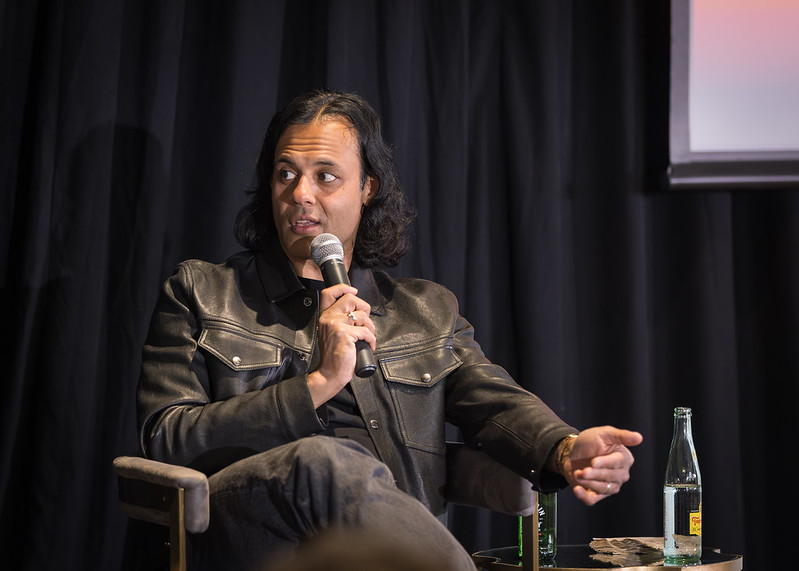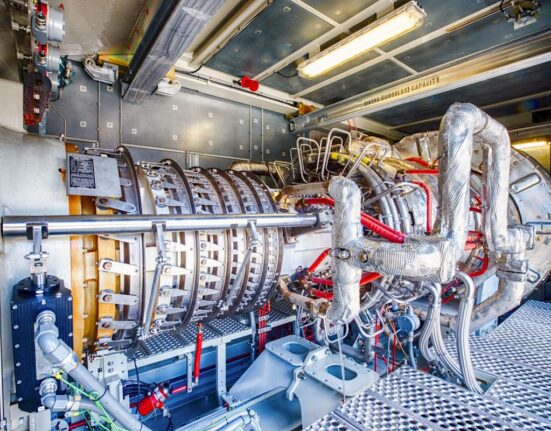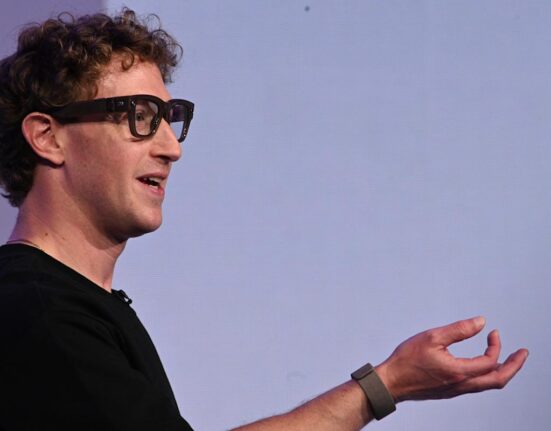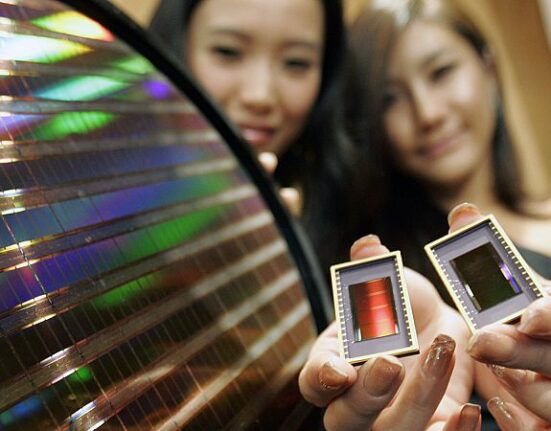When Baiju Bhatt stepped away from his role as Chief Creative Officer at Robinhood last year, only those close to him could have predicted his next move: launching a space company built around tech that the aerospace industry has largely dismissed, and which might be more groundbreaking than anyone realizes.
If people aren’t paying much attention, that’s just fine with Bhatt, who co-founded the trading app in 2013, five years after earning his master’s degree in mathematics at Stanford. It means less competition for his new company, Aetherflux, which has so far raised $60 million on its quest to prove that beaming solar power from space isn’t science fiction but a new chapter for both renewable energy and national defense.
“Until you do stuff in space, if you happen to be an aerospace company, you’re actually an aspiring space company,” Bhatt said on Wednesday night at a TechCrunch StrictlyVC event held in a glass-lined structure on Sand Hill Road in Menlo Park. “I would like to transition from ‘aspiring space company’ to ‘space company’ sooner.”
Bhatt’s space ambitions date back to his childhood. He says that his dad, who worked as an optometrist in India, spent a decade applying to graduate physics programs in the United States, eventually taking a hard left turn and landing at NASA as a research scientist.
He then proceeded to use the powers of reverse psychology on his son, says Bhatt. “My dad worked at NASA through my whole childhood” and “he was very adamant: ‘When you grow up, I’m not going to tell you you should study physics.’ Which is a very effective way of convincing somebody to do exactly that.”
Now, at roughly the same age his father was when he joined NASA, Bhatt is making his own move into space, seemingly with an eye toward creating even more impact than at Robinhood.
He’s certainly taking a big swing with the effort.
Traditional space solar power concepts have focused on massive geostationary satellites, using microwave transmission to beam energy to Earth. The scale and complexity made these projects perpetually “20 years away,” Bhatt said Wednesday night. “Everything was too big . . .The size of the array, the size of the spacecraft was the size of a small city. That’s real science fiction stuff.”
His solution is both far smaller and more nimble, he suggested. Most notably, instead of massive microwave antennas that require precise phase coordination, Aetherflux’s satellites will use fiber lasers, essentially converting solar power back into focused light that can be precisely targeted at receivers on the ground.
When Baiju Bhatt stepped away from his role as Chief Creative Officer at Robinhood last year, only those close to him could have predicted his next move: launching a space company built around tech that the aerospace industry has largely dismissed, and which might be more groundbreaking than anyone realizes.
If people aren’t paying much attention, that’s just fine with Bhatt, who co-founded the trading app in 2013, five years after earning his master’s degree in mathematics at Stanford. It means less competition for his new company, Aetherflux, which has so far raised $60 million on its quest to prove that beaming solar power from space isn’t science fiction but a new chapter for both renewable energy and national defense.
“Until you do stuff in space, if you happen to be an aerospace company, you’re actually an aspiring space company,” Bhatt said on Wednesday night at a TechCrunch StrictlyVC event held in a glass-lined structure on Sand Hill Road in Menlo Park. “I would like to transition from ‘aspiring space company’ to ‘space company’ sooner.”
Bhatt’s space ambitions date back to his childhood. He says that his dad, who worked as an optometrist in India, spent a decade applying to graduate physics programs in the United States, eventually taking a hard left turn and landing at NASA as a research scientist.
He then proceeded to use the powers of reverse psychology on his son, says Bhatt. “My dad worked at NASA through my whole childhood” and “he was very adamant: ‘When you grow up, I’m not going to tell you you should study physics.’ Which is a very effective way of convincing somebody to do exactly that.”
Now, at roughly the same age his father was when he joined NASA, Bhatt is making his own move into space, seemingly with an eye toward creating even more impact than at Robinhood.
He’s certainly taking a big swing with the effort.
Traditional space solar power concepts have focused on massive geostationary satellites, using microwave transmission to beam energy to Earth. The scale and complexity made these projects perpetually “20 years away,” Bhatt said Wednesday night. “Everything was too big . . .The size of the array, the size of the spacecraft was the size of a small city. That’s real science fiction stuff.”
His solution is both far smaller and more nimble, he suggested. Most notably, instead of massive microwave antennas that require precise phase coordination, Aetherflux’s satellites will use fiber lasers, essentially converting solar power back into focused light that can be precisely targeted at receivers on the ground.









Leave feedback about this